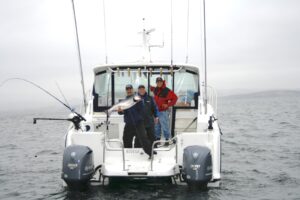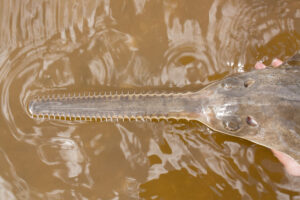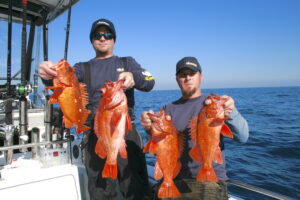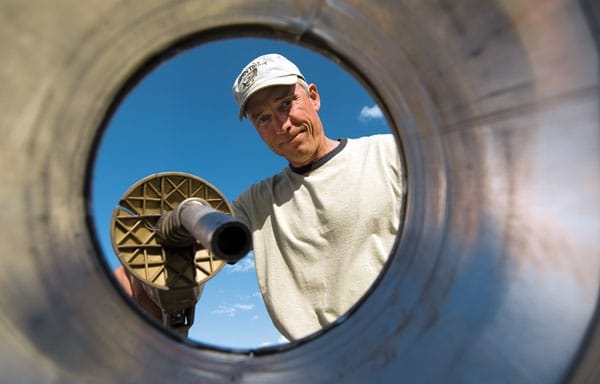
Gas prices are high. But they’ve also dropped recently, and we can only hope that trend continues. Still, today’s pump prices are tough on the boater. Gas prices might not be too noticeable if you run an 18-foot flats skiff, spending your days perched atop a poling platform. You likely don’t fill up your tank after each trip. Other anglers are hurting bad, especially if you run an offshore center-console with triple outboards — burning old dinosaurs 80 miles to and from the tuna grounds.
Any captain will tell you that charter fishing operations are spending more. In some cases, a lot more cash, and it’s not just on fuel. Mission-critical parts are increasing in price from marine to tackle and beyond. Inflation is very real in the fishing industry.
Fuel prices will continue to have a nasty effect on fishing charter prices, and while it remains to be seen how much better gas prices are later in the summer, I doubt we’ll be anywhere close to last year’s prices. Of course, this means clients are going to pay more. But how much? And more importantly, how much is too much? Because there’s a delicate line between what people can afford and what captains have to charge to stay in business.
Every charter captain right now has some hard choices to make. I’ve spoken to a lot of guides and charter captains this spring. Here’s what some of them had to say.
Client Pays the Fuel Bill
One option I heard was the Venice, Louisiana, offshore model. Those crews run anywhere from 40 to 100 miles to get to the oil platforms, lumps, and other spots where yellowfin tuna hang out. Charters there charge a flat rate, and at the end of the day, the boat pulls up to the fuel dock and the client pays for fuel used on the charter.
Seems reasonable right? I think so. For one, it would add a level of certainty in a business well-known for its volatility. We would be able to avoid large fluctuations in profit margins and know exactly what we’d make on each trip. And that could certainly help with business planning. It would also benefit the clients, at least when fuel prices dipped back down again.
This model only works if the entire fleet does it. In the Mid-Atlantic and Northeast, we’re admittedly not known for our cooperation skills. There are also legitimate concerns about the model. The big one is uncertainty. Clients who book far in advance won’t know what they’re going to pay to fill the boat until the end of the actual day’s fishing. Will they have enough money to cover the fuel bill?
I can also imagine arguments at sea between captain and client about whether the boat should make a longer run to find a few more fish, or a few bigger fish. Not to mention, a million questions before the trip from anglers asking how close the fish are to shore.
I think the model works in the Gulf of Mexico because it’s more of a destination fishery than what we have in most other areas. The rigs that attract the tuna are in the same places day after day. And generally, the folks that make those trips seem to be okay with paying what’s often a hefty fuel bill.
How Fishing Charters Stay in Business
There are charter captains and owners across the U.S. who simply raised day rates to match their increased expenses. Some by as much as 80 percent. And I totally understand that, but I can’t imagine there won’t be some business lost as a result.
Where many captains ended up, including myself, is with an understanding that we’re going to have to eat some of these increased costs if we want to keep the business operating. In other words, yes, we raised prices just enough so that we could stay in business and our clients can still afford to go. This year will simply not be the best year for us from a profit perspective.
Yes, the clients are going to be paying more, and at the same time, we’re going to be making less. So we both lose, or maybe we both win? Is sucks all around, but it is what it is. The guide and charter industries have had to weather quite a few storms in the last several years. We’re going to ride this one out too.
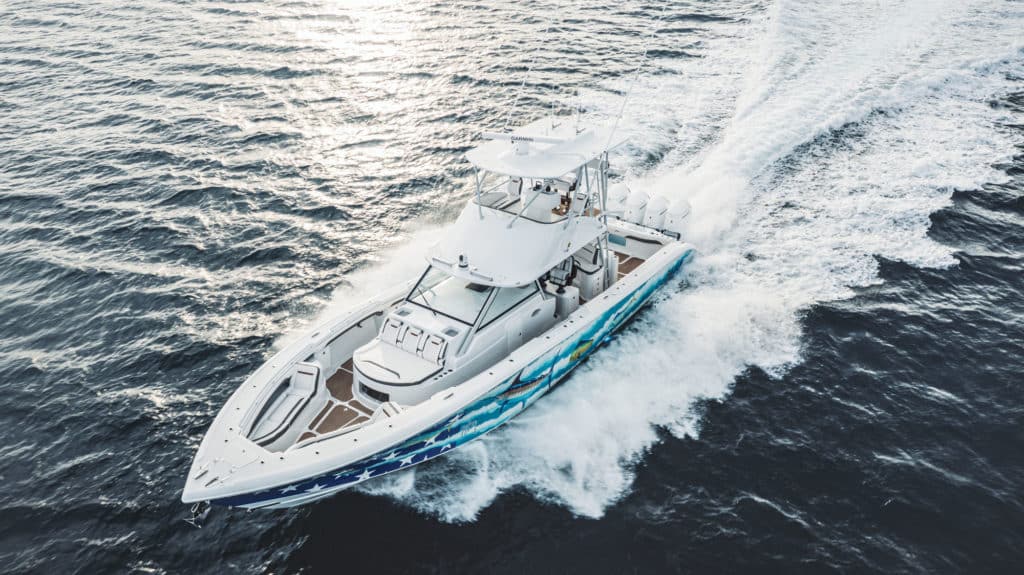
Wishing for Cheaper Fuel Prices
I’m not going lie. I’m praying for lower fuel prices. Because I’m one of those guys that runs triple-outboard-powered center consoles. But the truth is that I’m praying much harder for the poor souls affected by the current war in Ukraine. Most economists agree the war between Russia and Ukraine is driving fuel prices across the globe. But any person in an actual war zone is having to make much harder decisions than us. God help us all if the world can’t get this all sorted out. We’ll have much worse problems than high fuel prices.
Captain John McMurray is the owner and primary operator of One More Cast Charters in Oceanside, New York, and current President of the American Saltwater Guides Association.

